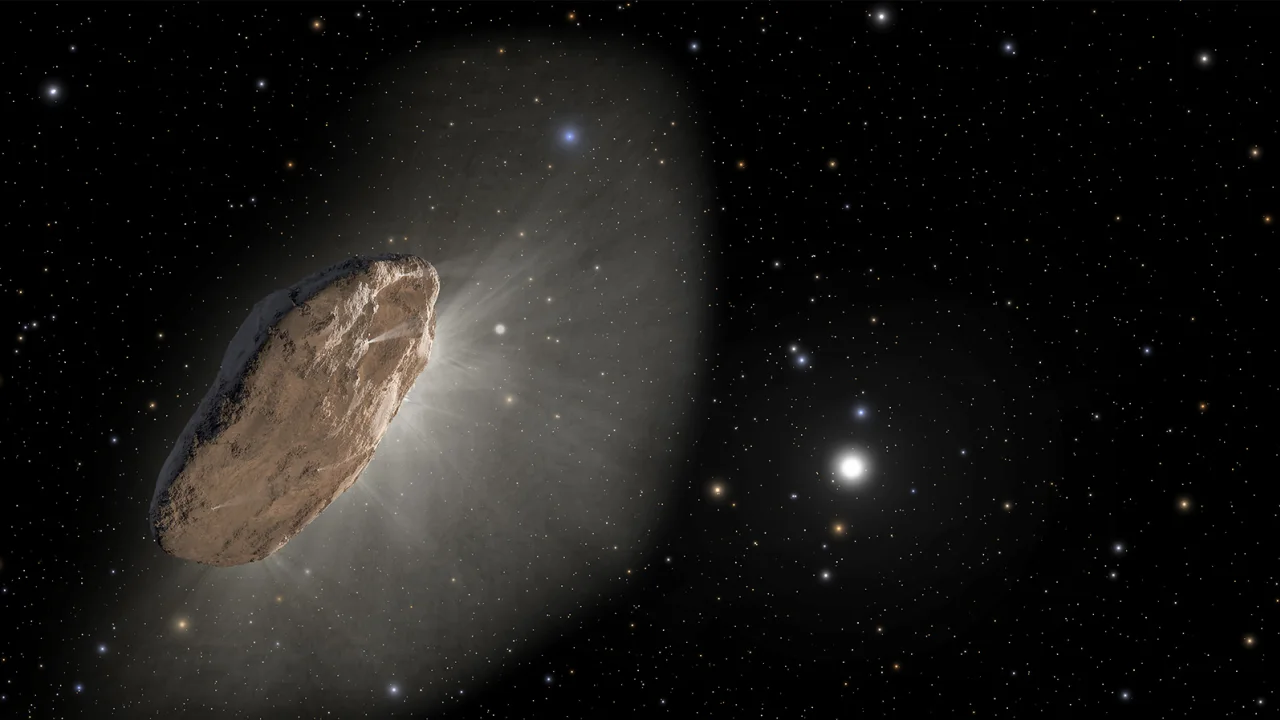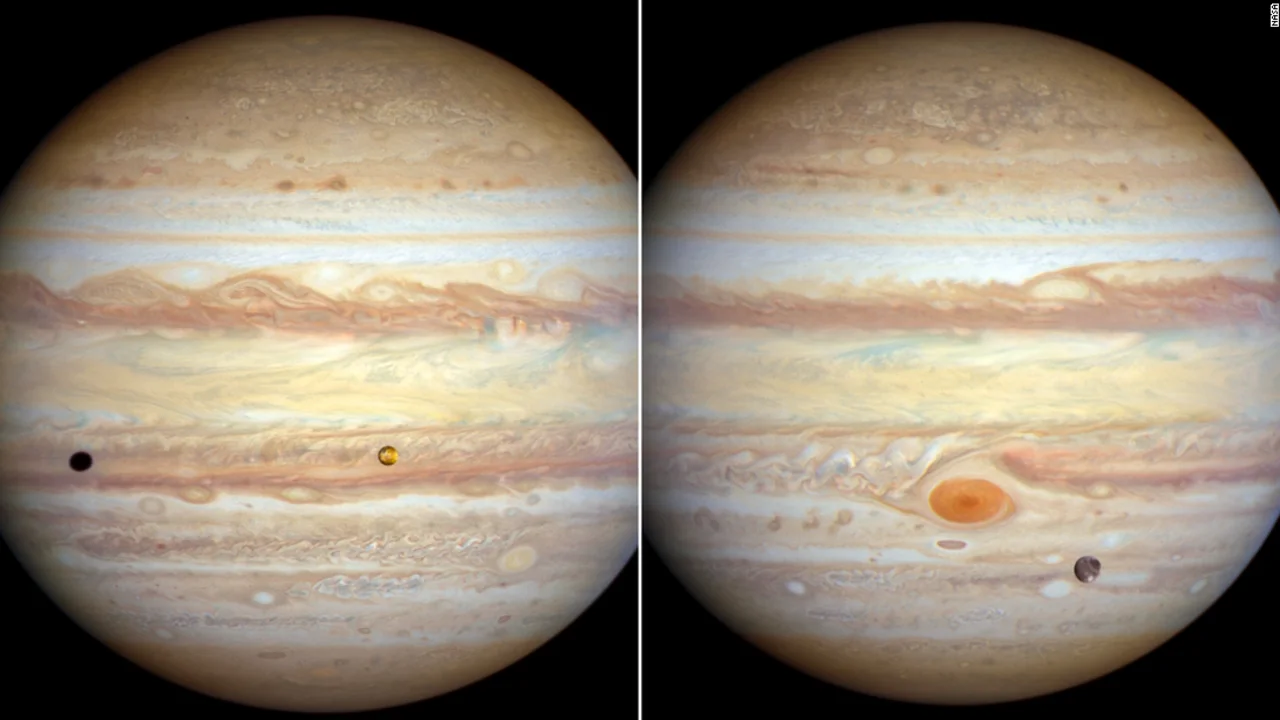The Webb telescope detects water in an unusual comet.
May 15, 2023Tweet

Astronomers used the James Webb Space Telescope to observe a rare comet in our solar system, making a long-awaited scientific breakthrough and stumbling across another mystery. The space observatory detected water vapor around Comet Read, suggesting that water ice can be preserved in a warmer part of the solar system. Comets typically exist in the Kuiper Belt and Oort Cloud, icy regions beyond the orbit of Neptune that can preserve some of the frozen materials left over from the formation of the solar system. A rare subclass of comets called main belt comets are objects in the asteroid belt with circular orbits around the sun that periodically exhibit cometlike behavior, such as shedding material that creates a fuzzy appearance and a trailing tail. Rather than shedding icy material through sublimation, the main belt comets only seemed to eject dust.
Main belt comets in the inner solar system were not expected to retain much ice until now. This discovery could add more evidence to the theory of how water became a plentiful resource on Earth early in its history. Comets and water-rich asteroids may have collided with early Earth and delivered water to our planet. Understanding the history of water distribution in the solar system will help us to understand other planetary systems, and if they could be on their way to hosting an Earth-like planet.
James-webb-space-telescope Sagittarius-constellation -nasa
Comments
Related news

What propelled an interstellar comet into our solar system is revealed by scientists.
Read more
Unusual "domestic terrorist" apprehended
Read more
Images from the Hubble telescope show how different Jupiter and Uranus seem.
Read more
Dry and wet water catastrophes are both intensifying as the earth warms, according to a research.
Read more
Fatal fire engulfs Filipino boat as scores of passengers rush into water to escape
Read more
New source of water detected in moon samples from China expedition
Read more
Ten people are killed when a Japanese military chopper falls into the water
Read more
Webb telescope spies evidence of hidden planets around nearby star
Read more
'I'm sipping water from the River Nile,' a soldier in the Sudanese war
Read more